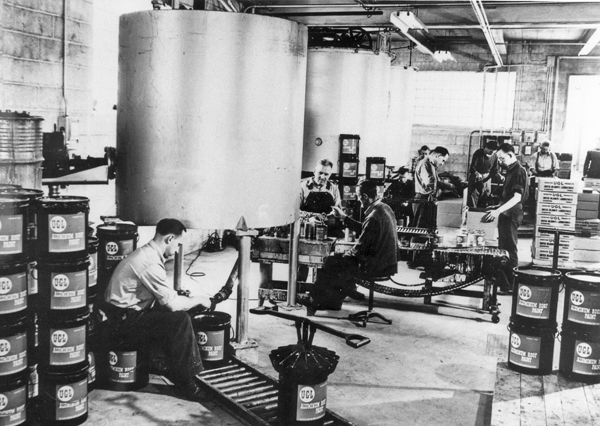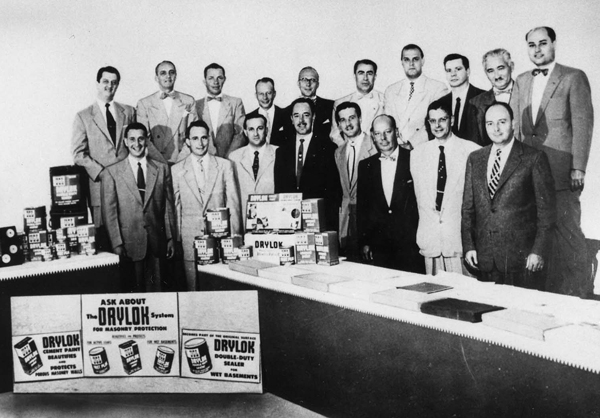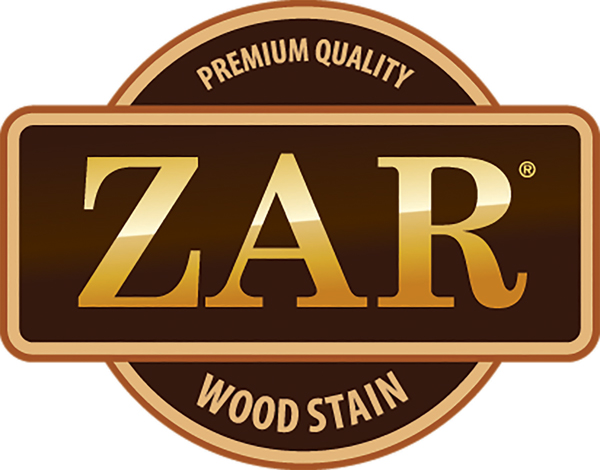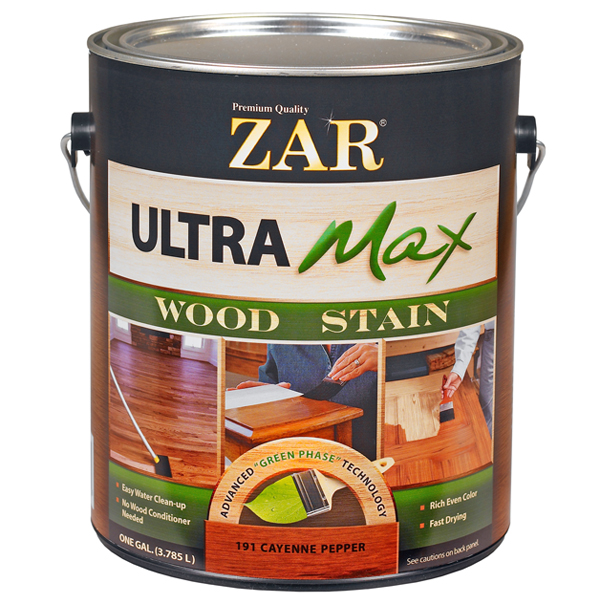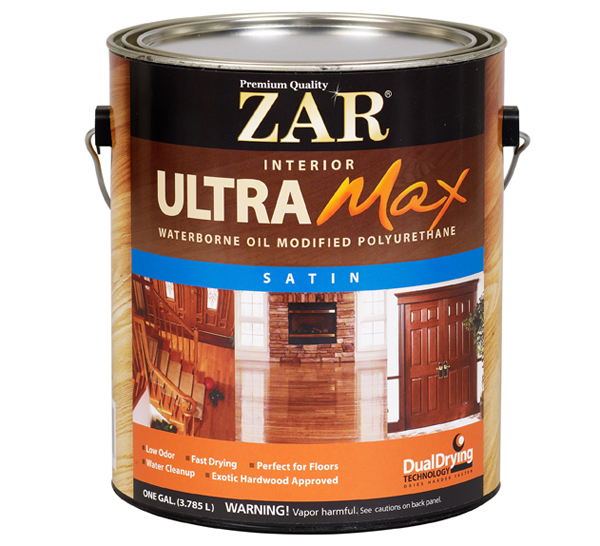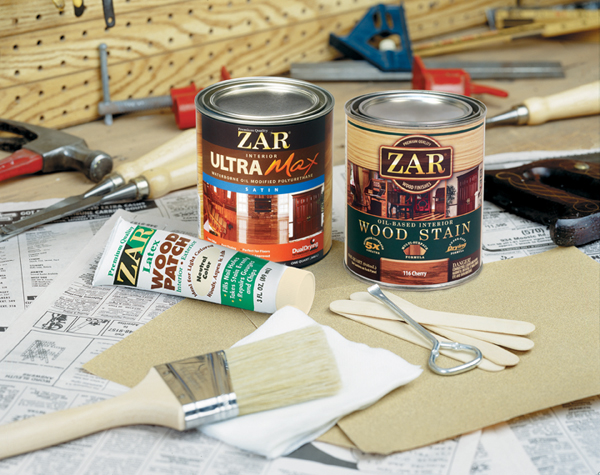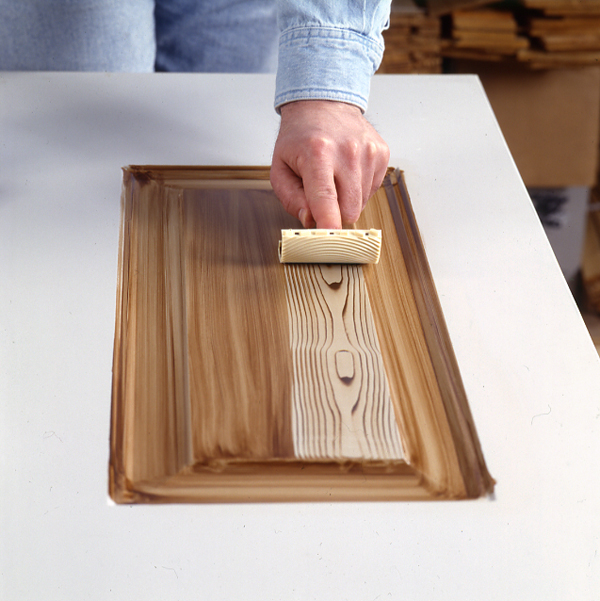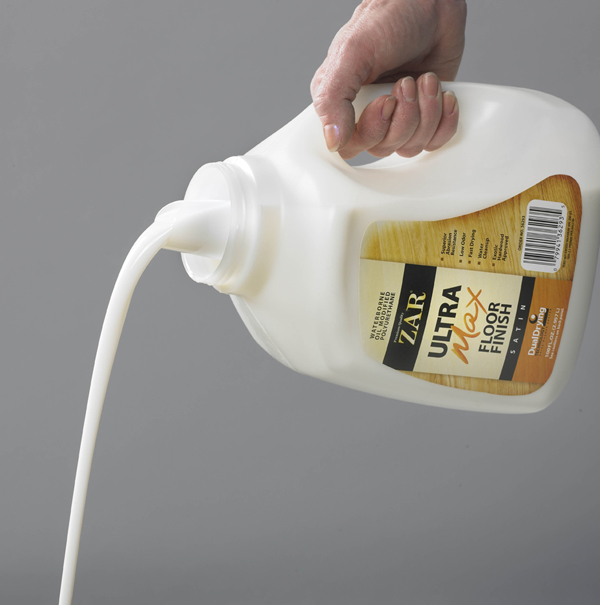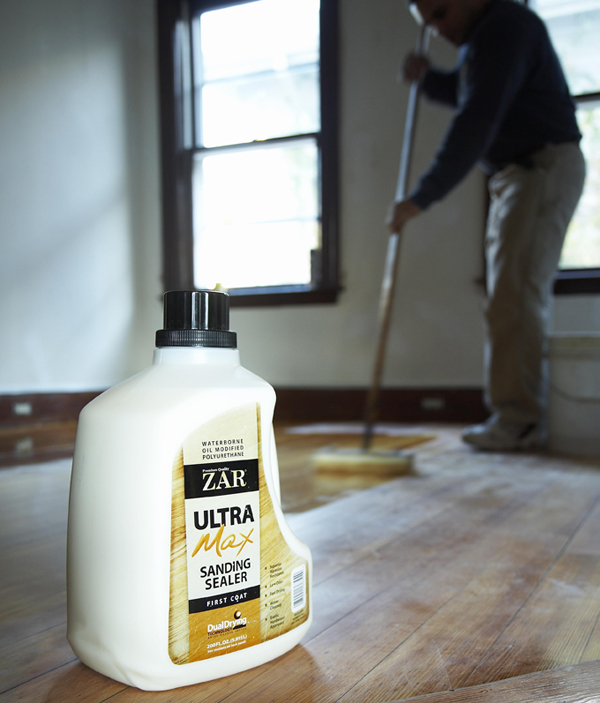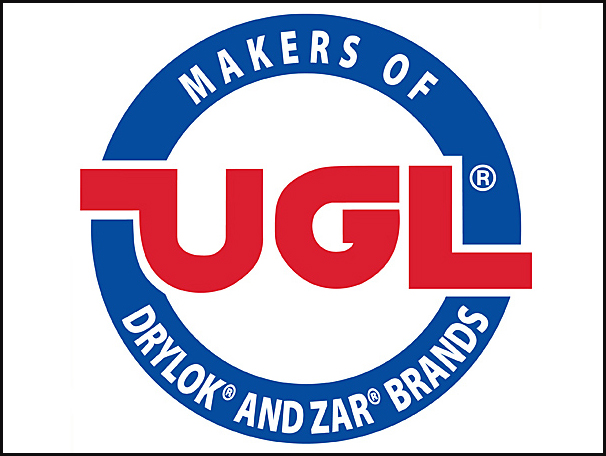
With a name like United Gilsonsite Laboratories, one might conjure up images of long factory buildings with lab-coated scientists churning out top-secret products for the medical or defense industries. It’s an impressive and even imposing namesake. That is, unless you know what Gilsonite is — it’s a type of asphalt used in roof coatings. And roof coating was one of the first products the company manufactured back in the early 1930s when it was founded by Gerald Baker Payne.
“He thought the name made the company sound bigger than it really was,” says Michele Neary, UGL’s public relations director. “Now we just call it UGL for short.”
But whether Payne intended primarily to impress the building products industry or chose his company’s name to keep its vision focused on bigger and better things, UGL has developed a substantial line of specialty paint and home maintenance products over the past eight decades.
For instance, in 1953, UGL introduced its best-selling product, familiar to many contractors and DIYers alike: DRYLOK® Masonry Waterproofer. If you’ve ever had to contend with a continually damp basement, you’ve likely popped open a can and rolled on a coat to help seal out moisture.
“It has remained the number one rated waterproofer on the market by independent testing facilities in the United States,” Neary says.
Another “breakthrough” product came to market five years later when UGL unveiled one of the first polyurethane coatings for wood, called ZAR® Crystallite Coating. Crystallite was aimed at the wood flooring market, which up to this time had scant few options for durable topcoats that were also safe to apply. Neary says the varnishes, lacquers and shellacs available in the 1950s weren’t DIY friendly and were very flammable.
“They also had fewer solids so they were less durable, and they had a tendency to change color over time, age and crack, creating an alligator effect.”
Polyurethane offered a greater variety of sheens and better abrasion resistance. And, as we all know, those characteristics make poly the finish of choice for most wood flooring applications today.
In the 1970s, UGL expanded its line of ZAR wood finishing products with the acquisition of “Beverlee’s” wood stains. Beverlee was a West Coast finisher who, being dissatisfied with the quality of stain options at the time, developed her own brand of wood stains for the unfinished wood furniture market.
“UGL was fortunate enough to purchase these quality stains and make them our own … It’s the only product we’ve gained through acquisition,” Neary says. “All other UGL products, which total over 60, have been developed internally.”
While 20 shades of those traditional oil-based wood stains continue to be part of ZAR’s product line, UGL hasn’t rested on its laurels with stain technology. In 2006, ZAR Ultra Max Wood Stains were developed to make wood stains easier and more pleasant to apply. They’re a waterborne oil-modified blend using VOC-compliant resins, and Neary says Ultra Max is the closest resemblance to oil-based wood stains on the market.
These stains cure by air oxidation rather than by solvents flashing off, Neary explains. “Water is the vehicle that delivers oil into the wood surface. The water evaporates and leaves the oil behind for richer color and durability.”
ZAR Ultra Max Wood Stain’s resin dispersion technology also allows the color to flow out more evenly on blotch-prone woods. Other water-based stains require pre-treatment with a wood conditioner first, but not Ultra Max.
The Ultra Max product family includes polyurethane as well as stain. Intended for floors, cabinets, furniture and woodwork, this poly is also waterborne and oil-modified, which translates to benefits such as two-hour drying times and superior durability, plus soap-and-water cleanup and no dizzying solvent smells during application.
The company offers six shades of ZAR Ultra Plus, too. It’s an all-in-one blend of stain and polyurethane in two sheens that combines the convenience of both color and topcoat in one application.
Neary says “next generation” stains and topcoats aren’t UGL’s effort to catch up with the competition; they’d prefer to stay ahead of the curve, offering superior products that make the most sense to consumers and professionals.
“We were first to make high-solids products with lower VOC limits before it even was required,” Neary adds. “We are continually developing our water-based stain and wood finishing lines to give them the same quality as their oil-based counterparts.”
Still, UGL continues to make ZAR Classic, Plus and Ultra polys, which are more conventional oil-based formulations as well. That’s because, while consumers are gravitating toward the convenience and fast dry times of today’s waterborne products, Neary says many cabinet builders and professional woodworkers “are slow to embrace any water-based technology” and prefer oil-based products instead.
UGL’s broad line of stains and finishes are certainly resonating well with today’s repurposing and upcycling hobbyists. Neary says the ability of ZAR wood stains to go over previously painted or stained wood without the hassle of stripping it first is a major benefit. And, some of the darker color shades such as Black Onyx, Charcoal, Moorish Teak and Mocha have been very popular for several years.
Woodworker’s Journal publisher Rob Johnstone demonstrates the versatility of ZAR wood stains on even challenging materials such as PVC, fiberglass and MDF trim in the video below.
A visit to UGL’s website shows that the ZAR product line extends much further than the stains and topcoats mentioned here. UGL also offers wipe-on finishes, flooring rejuvenators, sanding sealers, interior and exterior water-based polys, wood patch, faux graining tools and even brushes. There’s also a full line of exterior house and deck stains, sealers and cleaners.
All of this from a company that built its reputation on roofing tar and basement paint. But, regardless of what your woodworking, remodeling or DIY product needs might be, Neary assures that UGL stands behind its broad inventory of offerings.
“Quality products are one of the main reasons people keep coming back to UGL.”
Learn more about UGL and ZAR brands by clicking here.
